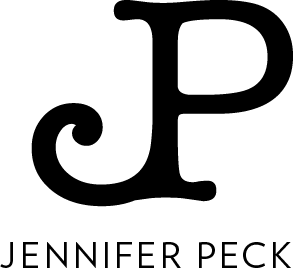Classroom Learning Experience
The Charge
In Spring 2025, I participated in a graduate-level course called Communication Training in the Strategic Communication and Leadership graduate program at the University of West Florida. In this class, a team of three classmates and I planned and executed a lesson plan for a classroom learning experience for our peers. The class was designed to teach us about education and training concepts, therefore when planning our learning experience, we were tasked with teaching concepts to our classmates.
The Theme
The theme of my team’s class period was Fundamentals for Success in which we explored the steps required to launch a course, from designing the course to conducting the first day of class. We worked collaboratively to develop the content, audio visual elements, and activities employed in the introduction and conclusion, and we each planned and facilitated a 20-minute segment within the agenda. My segment focused on syllabus design, both conceptually and visually. I incorporated Bloom’s Taxonomy at the “apply” level with the following learning objective:
Learning Objective: Students will apply their comprehension of syllabus fundamentals to collaboratively implement a simple and engaging learner-centered syllabus design.
I opened my segment by retelling a humorous memory related to syllabi from my first semester in college. I divided the remainder of my segment into a brief lecture followed by an experiential learning activity.
In the lecture portion, I discussed the benefits and key functions of two types of syllabi. First, I covered learner-centered syllabus design, which focuses heavily on the students’ needs (Richmond et. al., 2018). Then I folded in the concept of an engaging syllabus, which focuses on applying design principles to the layout of the syllabus to ensure that the content is digestible and easy to navigate (Ludy et al., 2016).
For the activity, I crafted a worksheet on which the students created a learner-centered syllabus in two teams — team one with four students and team two with three students. Because of time constraints, the worksheet provided some course information to give students a solid framework including the details of the course, course description, learning objective, goal of the course, and required materials. This allowed the students to focus on the positive and encouraging tone, how they would construct the classes and projects, and other items that are generally dictated by the instructor, such as class policies and means of assessment. I added arrows to indicate on the worksheet where they needed to focus their efforts and provided a handout listing learner-centered syllabus design principles with a few suggestions baked in to help spark ideas.
The Experience
Example activity handouts.
The Outcome
Team one fully completed the assignment and team two got very close. Both teams presented their syllabi to the class, and we did a quick debrief to wrap up my section. The students expressed that the activity was fun, that learner-centered principles helped them make decisions in favor of what was best for the student, and that it helped reinforce their understanding of syllabus design. As they completed the activity as intended, this indicates that the learning objective was achieved.
The Feedback
My team and I received excellent marks across the board from our peer review assessment. Since the students were familiar with my background in visual communication, they expressed that they appreciated my honing in on the visual aspect of syllabus design, as well as incorporating some humor.
Student Quote: “I loved the way you all showed your personalities differently in your lessons. I love how Elyse used sarcasm to connect, Paul used synecdoches, Jennifer used cute jests and jokes, and Anthony used his dry humor and intellect to connect to the student audience. You all did such a great job in being confident when you presented the information.”
The Lessons Learned
In my career, I have conducted several design and branding workshops, but this experience taught me how to properly plan and execute lesson plans and facilitate graduate-level in-class learning. The project gave me valuable tools I can carry into future teaching or training opportunities.
I also learned the importance of practicing my lecture with slides and giving myself grace when I miss sharing information. There is a fine line between presenting and teaching, particularly with hands-on activities and discussions, and I believe achieving that distinction comes with practice. I look forward to continuing to grow, and I aspire to become a true educator.
References
Ludy, M.-J., Brackenbury, T., Folkins, J. W., Peet, S. H., Langendorfer, S. J., & Beining, K. (2016). Student impressions of syllabus design: engaging versus contractual syllabus. International Journal for the Scholarship of Teaching and Learning, 10(2). https://doi.org/10.20429/ijsotl.2016.100206
Richmond, A. S., Morgan, R. K., Slattery, J. M., Mitchell, N. G., & Cooper, A. G. (2018). Project syllabus: an exploratory study of learner-centered syllabi. Sage Publications. Teaching of Psychology, 46(1), 6–15. https://doi.org/10.1177/0098628318816129


